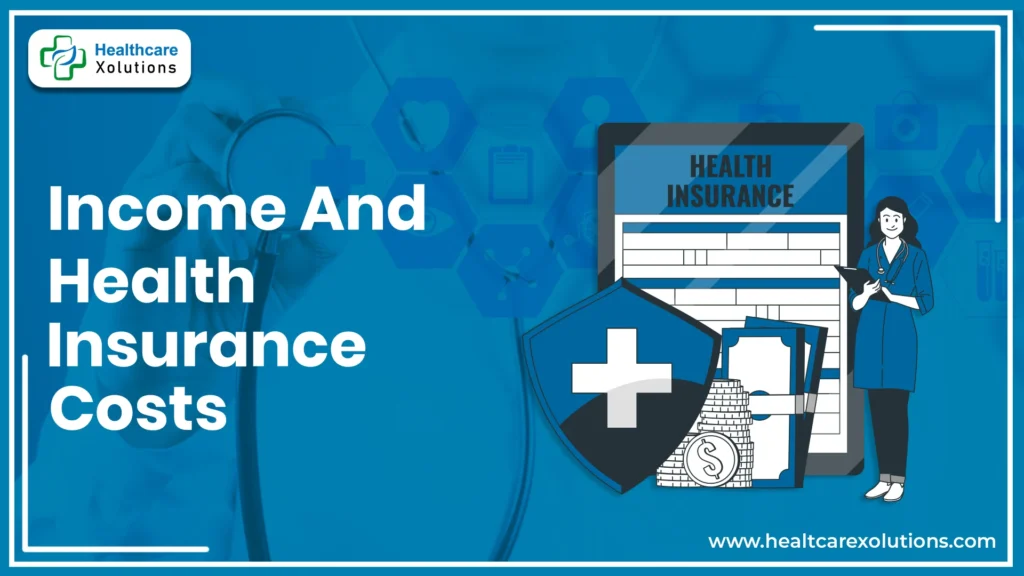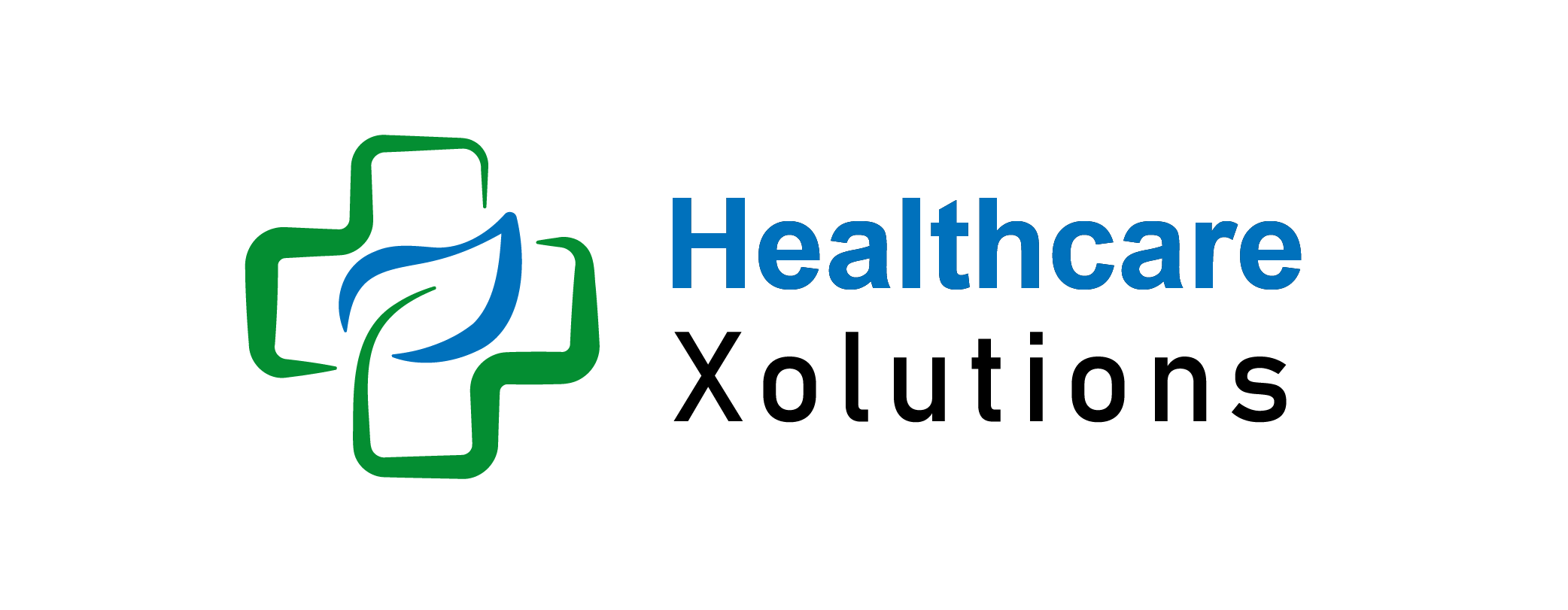Income and Health Insurance Costs: Understanding The Connection

In today’s economy, the link between income and health insurance costs is undeniable. Rising healthcare costs heavily impact individuals based on their financial standing, influencing their access to comprehensive coverage.
This article examines the intricate relationship between income levels and health insurance costs, challenges faced by diverse income groups, and actionable solutions for affordable health coverage.
Key Takeaways:
- Rising healthcare costs significantly affect low-income individuals.
- Employer-sponsored plans offer better options for higher earners.
- Medicaid expansion and ACA subsidies can narrow affordability gaps.
- Collaboration among policymakers, insurers, and employers is essential for equitable coverage.
Table of Contents
The Cost of Health Insurance: A Growing Concern
Health insurance ranks among the most significant household expenses, often competing with essential costs like housing and transportation. Premiums, deductibles, and co-pays add up quickly, straining budgets.
- 2023 Data: The average annual premium for family coverage reached $23,968, with employees contributing about $6,575.
- For median-income earners, these costs represent a large share of their income. Low-income households face prohibitive expenses, often foregoing coverage.
The Income Gap in Health Insurance Affordability:
Income significantly impacts access to affordable health insurance:
1. Employer-Sponsored Insurance:
Higher-income individuals frequently access employer-sponsored plans, which offer cost-sharing and better coverage. Low-income workers in part-time or gig roles often rely on costly individual plans or government assistance.
2. Government Subsidies:
Programs like Medicaid and ACA subsidies provide relief for low-income groups. However, those in the “coverage gap” earn too much for Medicaid but not enough for marketplace plans, facing serious challenges.
3. Out-of-Pocket Costs:
High deductibles and co-pays deter low-income individuals from seeking timely care, worsening health outcomes and increasing long-term expenses.
Health Outcomes and Economic Implications:
The income-health insurance cost link influences health outcomes:
- Low-Income Impact: Limited insurance access increases chronic illnesses, unmet medical needs, and financial insecurity.
- Higher-Income Advantage: Comprehensive insurance supports preventative care, maintaining health and productivity.
Bridging The Gap Of Income and Health Insurance Costs: Potential Solutions
A collaborative approach is required to address disparities in income and health insurance costs:
- Medicaid Expansion: Broadening eligibility ensures affordable healthcare for underserved low-income populations.
- Enhanced Subsidies: Increasing ACA subsidies can reduce premium burdens for middle-income families.
- Employer Incentives: Providing tax incentives encourages small businesses to offer health benefits to part-time and gig workers.
- Innovative Insurance Models: Community-based programs and public options create cost-effective alternatives for those priced out of traditional plans.
Conclusion:
The relationship between income and health insurance costs remains pivotal in shaping healthcare accessibility. While strides like Medicaid expansion and ACA subsidies help, gaps persist. Policymakers, insurers, and employers must collaborate to create a fair and inclusive healthcare system.
FAQs:
How does income impact health insurance costs?
Income determines eligibility for subsidies and employer plans. Higher earners access better options, while low-income individuals rely on Medicaid or high-cost individual plans.
How does Medicaid expansion assist low-income families?
Expanding Medicaid eligibility allows more low-income households to access affordable coverage, reducing the coverage gap.
What is the income limit for Marketplace insurance in 2025?
For a family of four, the income cap is 400% of the federal poverty level, about $120,000 annually.
How do subsidies lower health insurance costs?
ACA subsidies reduce premiums for marketplace plans, ensuring affordability for middle-income individuals.
Are there innovative ways to make insurance affordable?
Yes, community-based programs and public options offer alternatives for cost-effective and equitable healthcare access.
